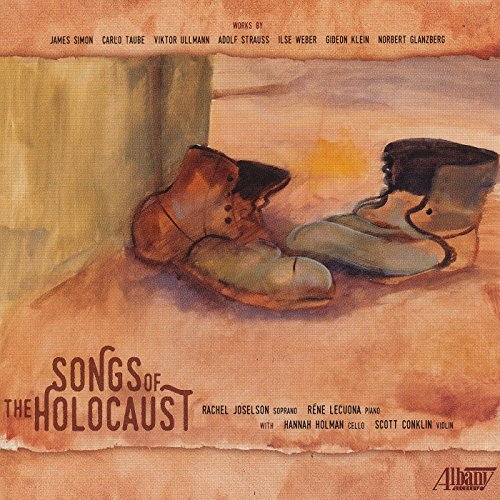Music was heard in many ghettos, concentration camps, and partisan outposts of Nazi-controlled Europe. While popular songs dating from before the war remained attractive as escapist fare, the ghetto, camp, and partisan settings also gave rise to a repertoire of new works. These included topical songs inspired by the latest gossip and news and songs of personal expression that often concerned the loss of family and home.
Classical music—instrumental works, art songs, opera—was also produced and performed during this period, notably by prisoners at the Theresienstadt (Terezín) ghetto and transit camp in Czechoslovakia, as well as in several other ghettos and camps.
For many victims of Nazi brutality, music was an important means of preserving and asserting their humanity. Such music—particularly topical songs—also serve as a form of historical documentation. Like “audio snapshots,” these works offer a telling glimpse into the events and emotions that their creators and original audiences experienced firsthand. The United States Holocaust Memorial Museum





Florida Atlantic University Libraries
777 Glades Road
Boca Raton, FL 33431
(561) 297-6911
